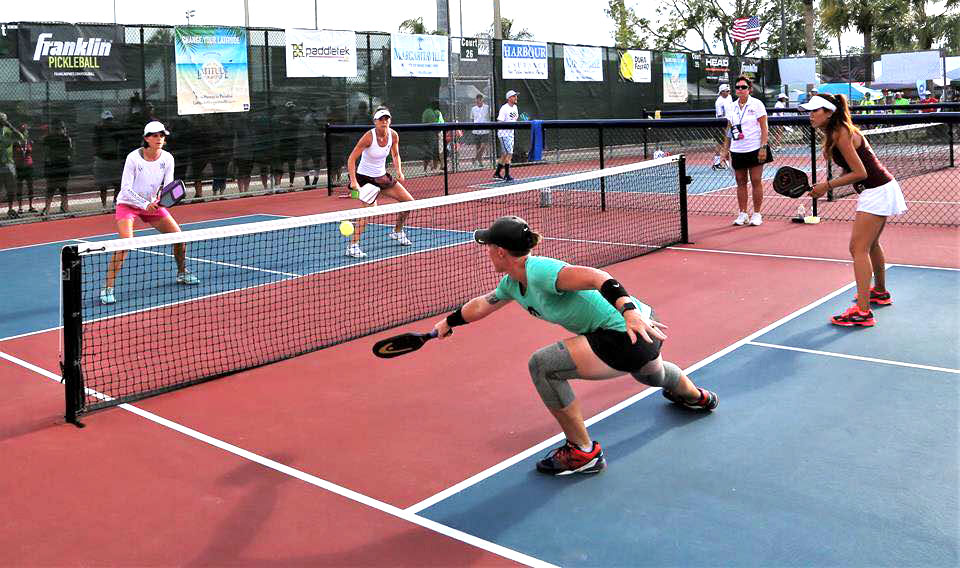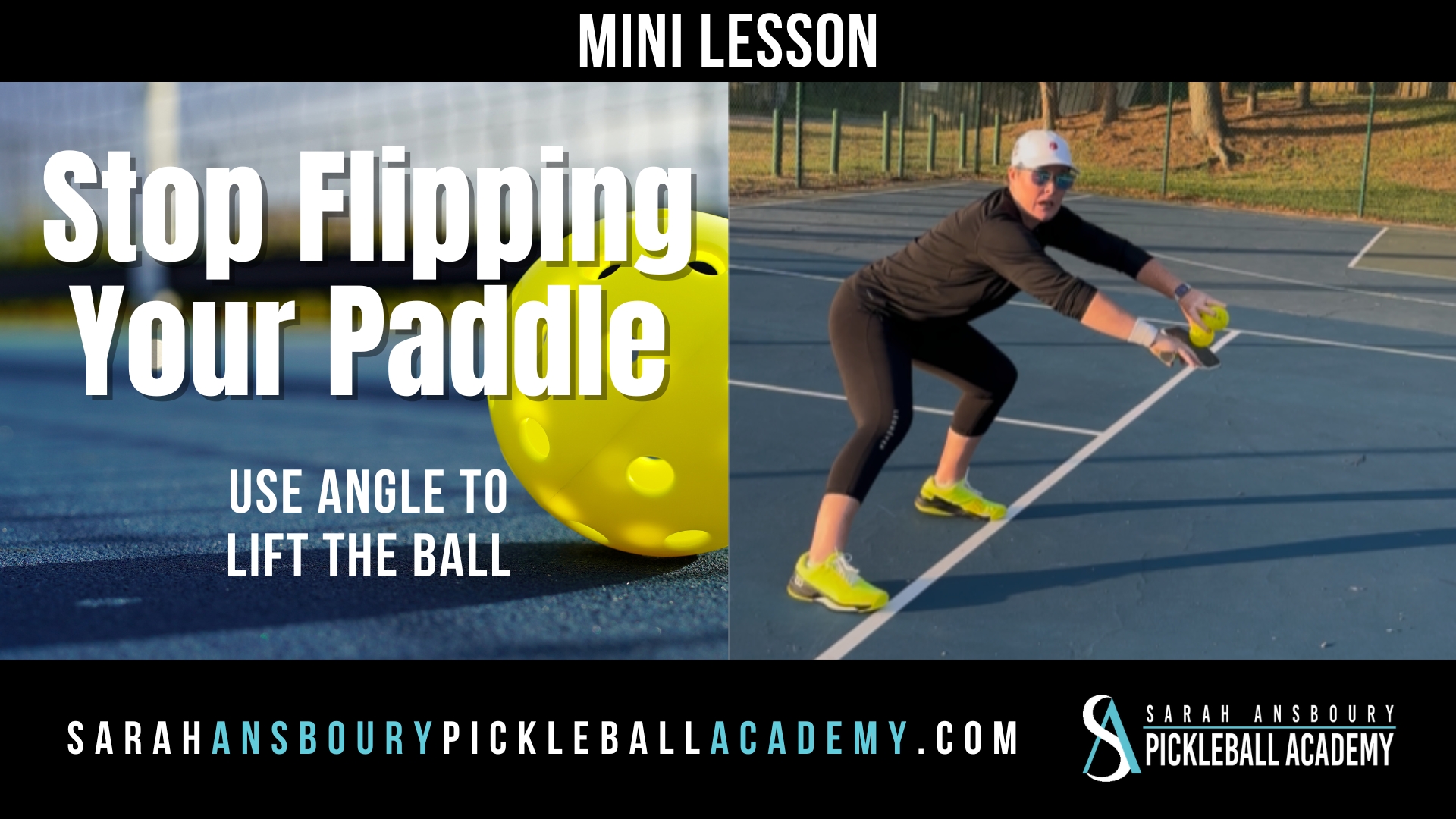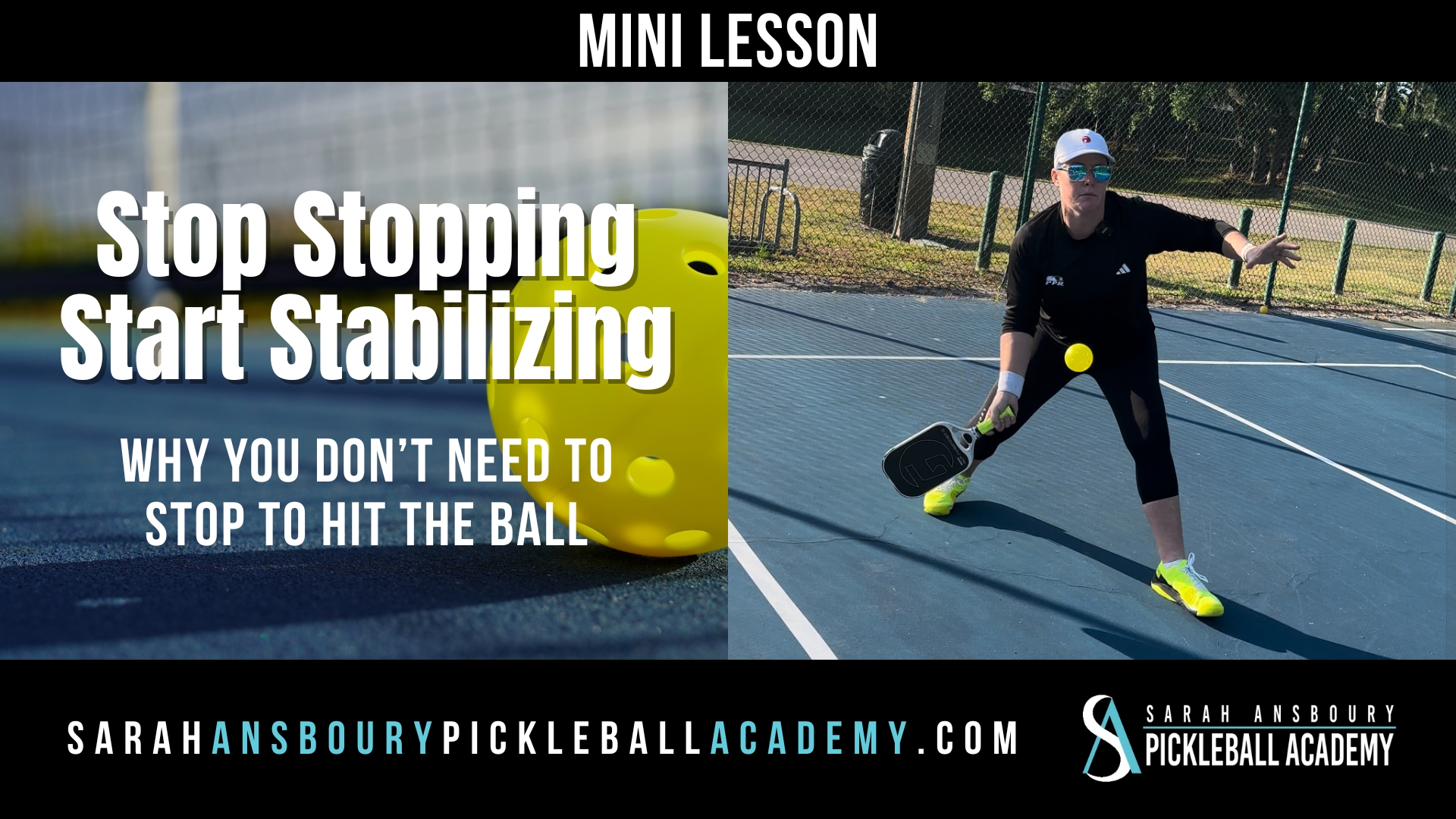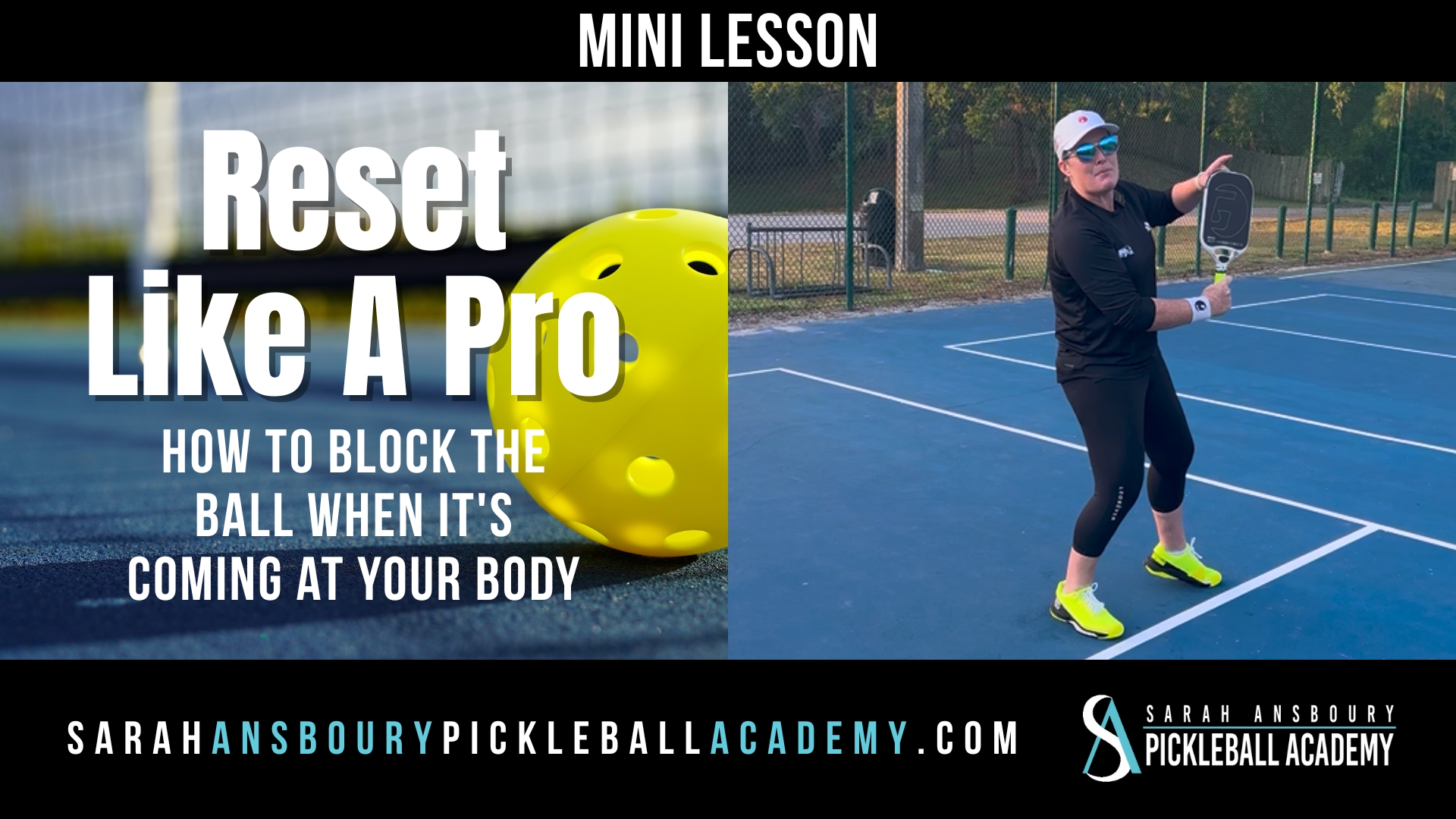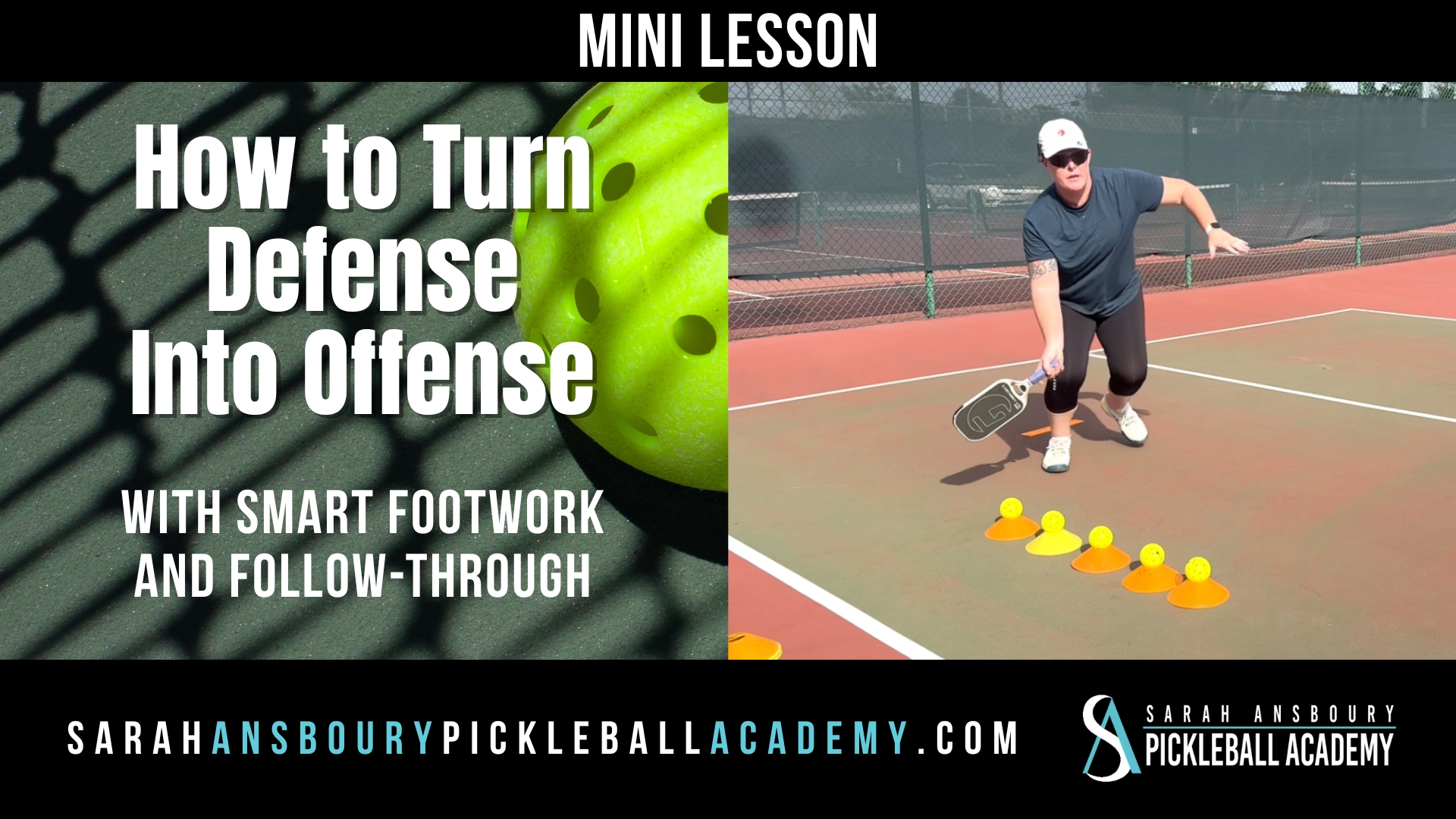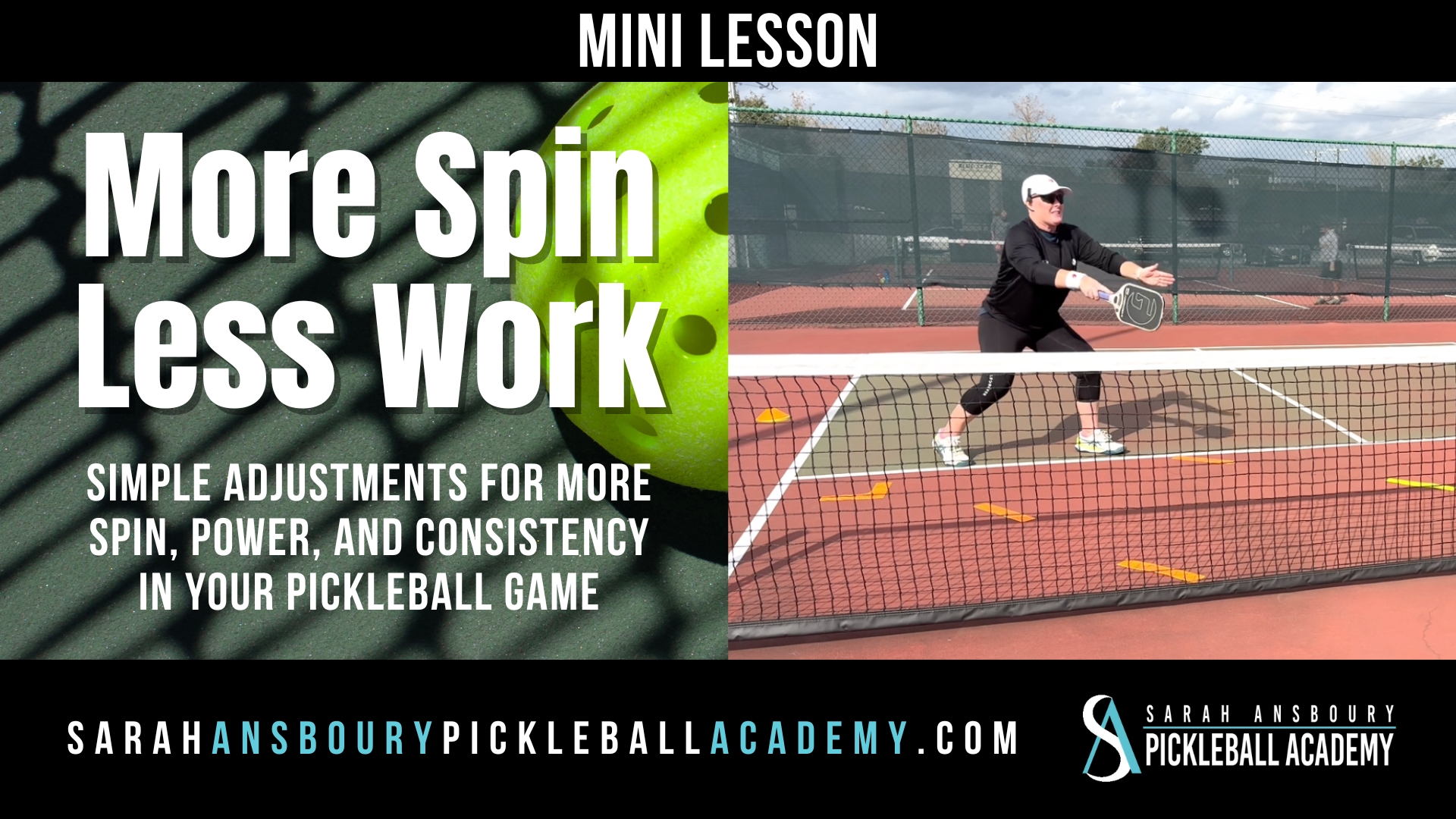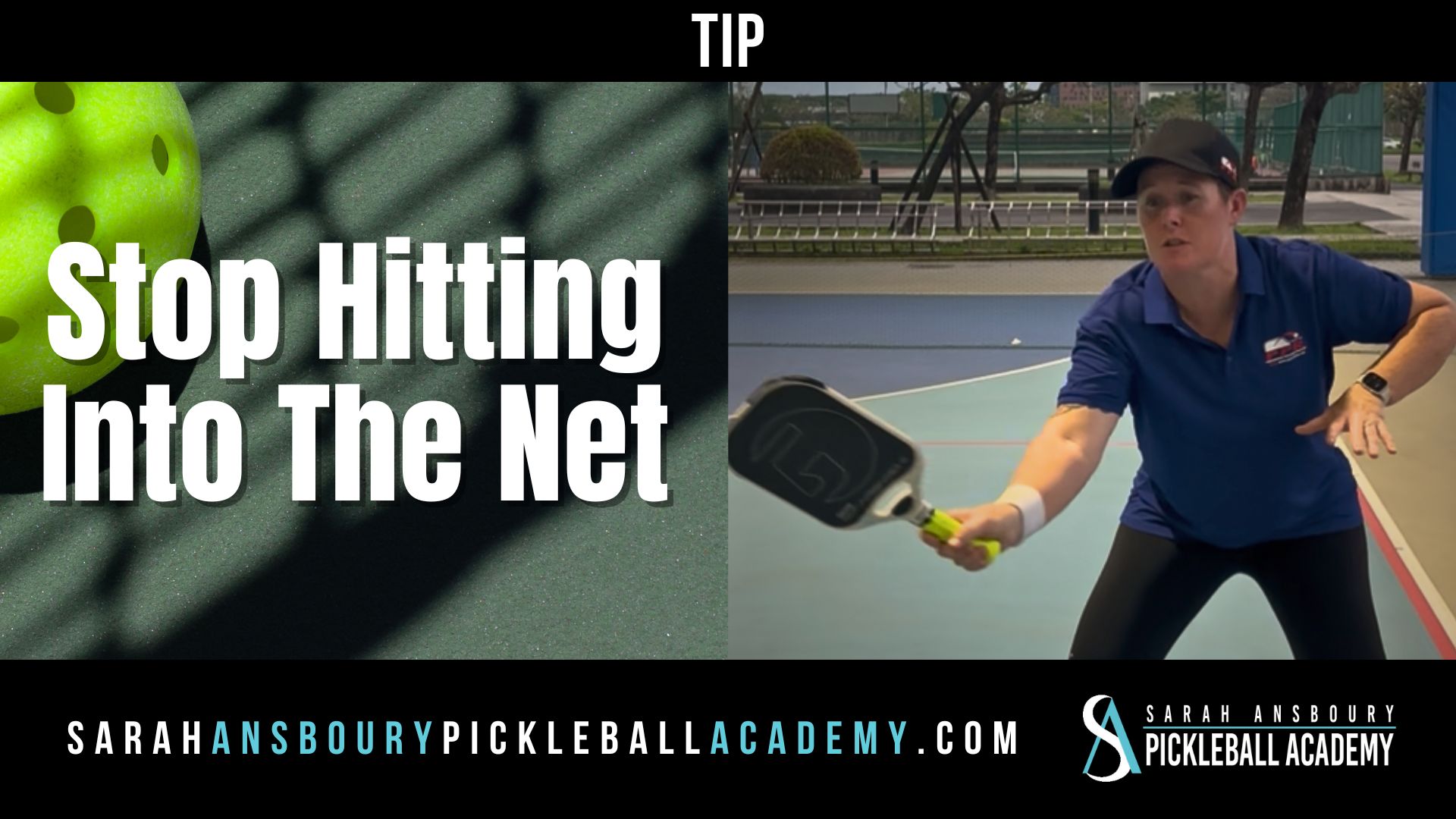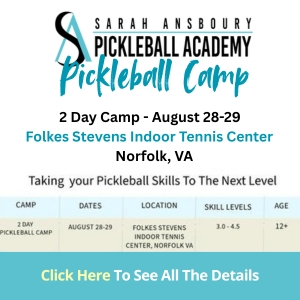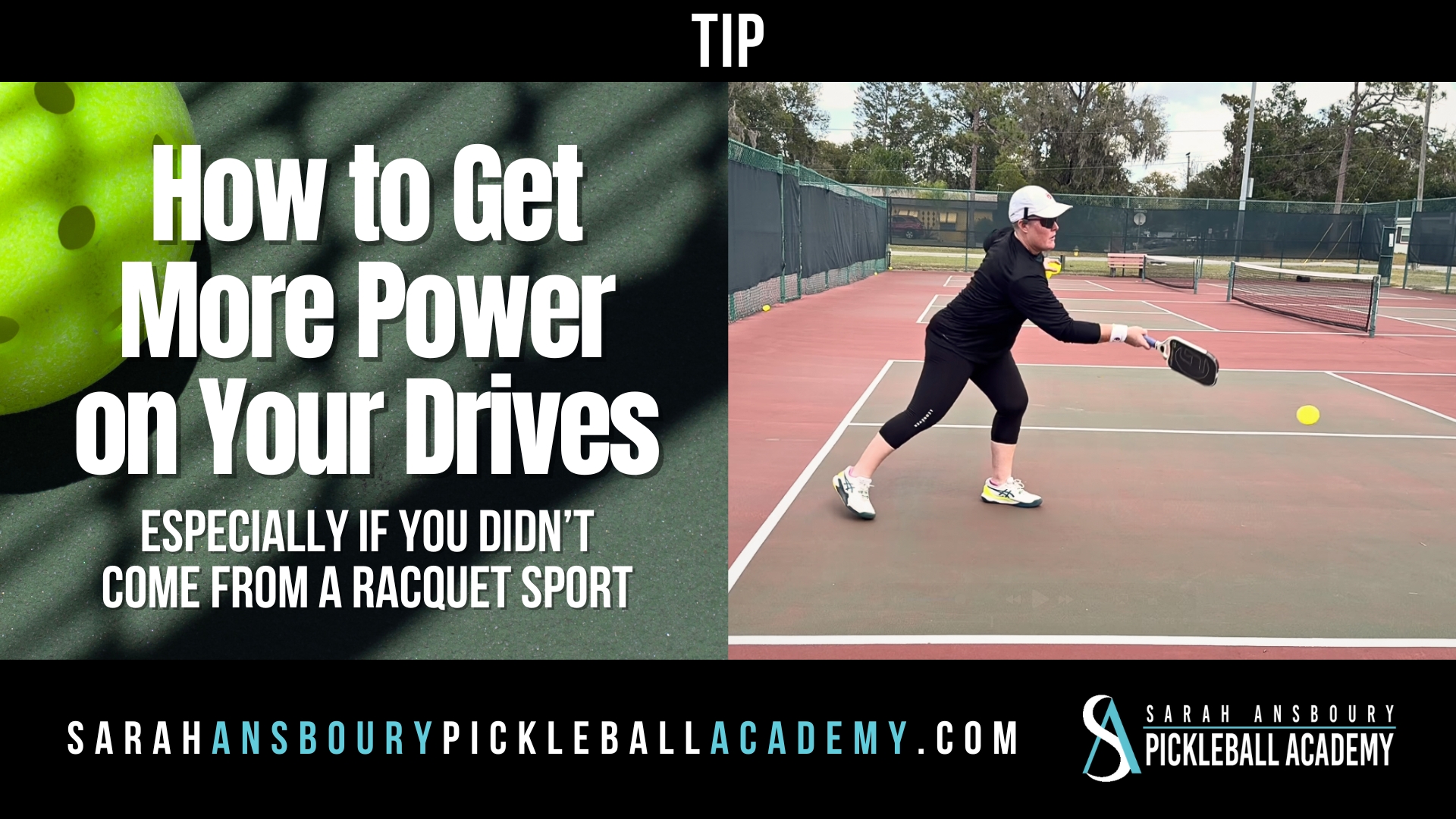Don’t Just Dink
The biggest challenge I see with players who practice dinking is knowing what they are trying to accomplish in the first place. You don’t want to go out and dink, just to dink. You won’t get any better, and in fact, will simply be ingraining your current (perhaps faulty) technique. You need to have specific goals and targets. How hard is too hard? How high is too high? Are you aiming for a target or just trying to get it over?
So today, let me offer you three tips which will make your precious dink practice time more effective.
Dink Practice Tip #1: Plan & Purpose
 I know I have suggested this many times before but is critical that you practice with a purpose. Rather than just mindlessly dinking back and forth, give yourself some targets. Try to identify when you are dinking offensively rather than defensively. Are you watching the ball? Are you relaxed, or are you holding your breath as the rally continues? Set a goal for each time you practice. Perhaps this week you want to just focus on staying relaxed and breathing. Next week, you might focus on extending and pushing from your shoulder. As you master this motion, see how long you can keep the ball on your paddle face. Focus on carrying the ball over the net.
I know I have suggested this many times before but is critical that you practice with a purpose. Rather than just mindlessly dinking back and forth, give yourself some targets. Try to identify when you are dinking offensively rather than defensively. Are you watching the ball? Are you relaxed, or are you holding your breath as the rally continues? Set a goal for each time you practice. Perhaps this week you want to just focus on staying relaxed and breathing. Next week, you might focus on extending and pushing from your shoulder. As you master this motion, see how long you can keep the ball on your paddle face. Focus on carrying the ball over the net.
Dink Practice Tip #2: Focus on Your Lower Body
Dink Practice Tip #3: Move the Ball
Perhaps the biggest mistake I see players make when they practice dinking is continually hitting the ball back to the same spot. You want your practice partner to move because the more they move the greater likelihood they won’t be in an offensive position. So move them from side to side. Move them forward and back.
During another dink practice session focus on creating dinks with different paces. Can you slow the ball down? If so, what did you do to make this happen? Challenge yourself to change the speed of your dinks. Again, you will find that this is more easily accomplished if you focus on your body…not just your arm.
It’s important to figure out what you want for your game…what areas do you want to improve. Confidence comes from knowledge on the court…and having confidence will always improve the way we play.

